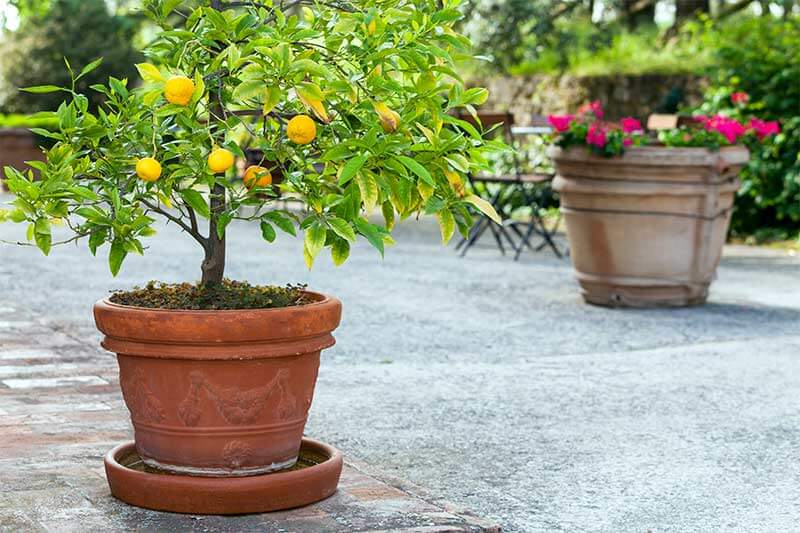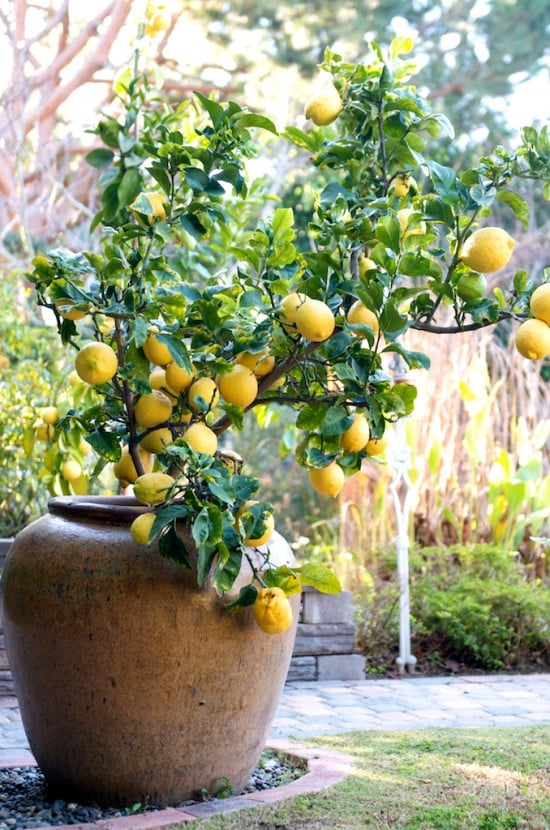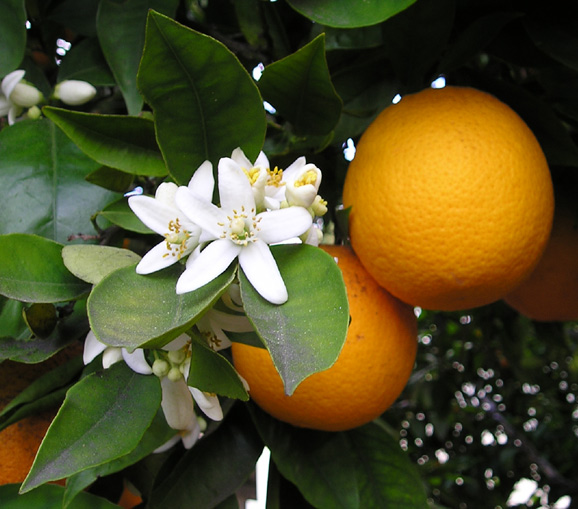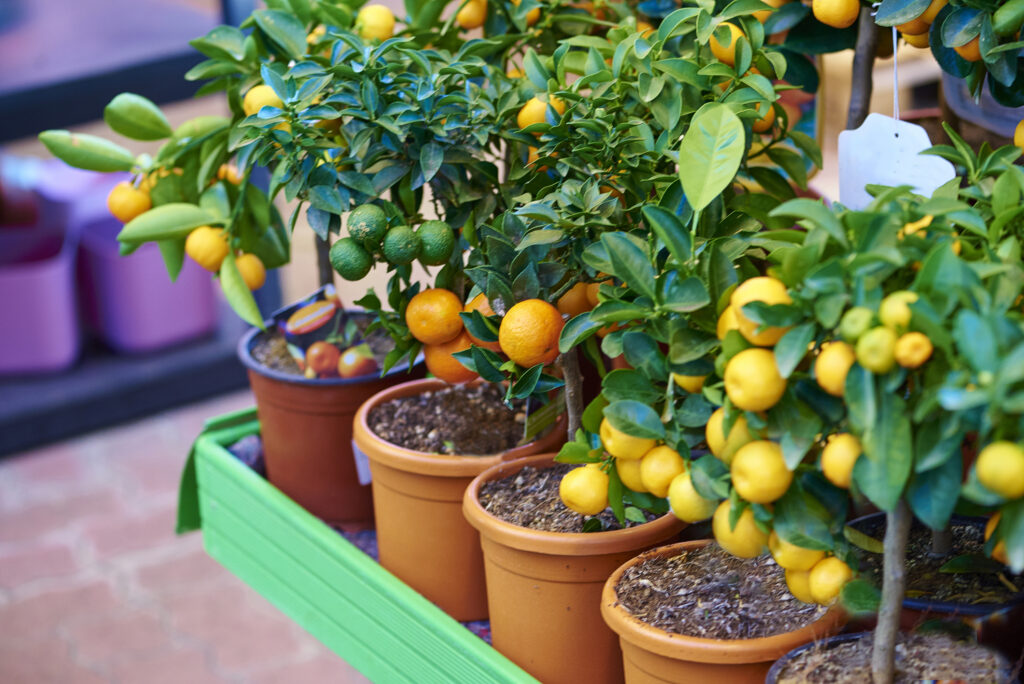Citrus fruits are beloved for their vibrant flavors and versatility in the kitchen. From lemons that enhance marinades and desserts to oranges that are perfect for juicing, citrus is a must-have in any home garden. But can you grow these sun-loving fruits in temperate climates? Yes, you can, with a little creativity and care. Growing citrus in containers opens up possibilities for enjoying a variety of citrus fruits, even in cooler climates.
Citrus in Temperate Climates
While citrus trees thrive in sunny, warm regions like Southern California, many gardeners in cooler areas—such as parts of the UK or Northern Europe—are curious about growing them at home. The good news is that, with proper care, it’s possible to grow citrus indoors or in containers, even in temperate climates.
By placing your citrus plants in pots, you can easily move them to warmer locations during colder months, such as a frost-free greenhouse, a sunroom, or even a sunny windowsill. In summer, bring them outside to benefit from the longer daylight hours and fresh air, giving them a chance to bask in the sun’s warmth. This flexibility can result in a productive, beautiful citrus tree that rewards you with fresh fruit.

Best Citrus Varieties for Containers
Some citrus varieties are better suited to container growing, offering compact size, hardiness, and consistent performance. Here are some top picks:
- Kumquat: These tiny, orange fruits are hardy down to about -10°C (14°F) and require minimal space, making them ideal for pots.
- Kaffir Lime: Grown primarily for its fragrant leaves, the kaffir lime is perfect for adding authentic Thai flavor to your cooking. It’s a reliable and hardy choice.
- Meyer Lemon: Known for its sweeter, less acidic lemons, this compact tree is prolific and produces high-quality fruit with minimal fuss.
- Satsuma: This easy-peel citrus is sweet, seedless, and hardy to about -5°C (23°F), making it an excellent choice for container gardening.

Caring for Citrus in Containers
Citrus plants are sensitive to overwatering, so it’s crucial to provide them with well-draining soil. A mix of one part sand or grit to four parts potting soil works well. Avoid heavy, soggy soil that can suffocate the roots. Water sparingly, using rainwater if possible, to maintain an acidic root zone that citrus plants prefer. Fertilize with a citrus-specific fertilizer when temperatures remain consistently above 10°C (50°F).
Overwintering Citrus Plants
Citrus trees are not frost-tolerant, so during the winter months, you’ll need to protect them from cold temperatures. In temperate climates, you can move your citrus indoors to a greenhouse, conservatory, or even a bright windowsill. Make sure they receive as much light as possible to prevent leaf drop. Growth will slow during the winter, but the plants will rest and prepare for spring.
To help maintain humidity in dry indoor environments, place your pots on trays filled with pebbles and water. The evaporating water will create a more humid atmosphere around the plant, reducing stress.

During winter, water your citrus sparingly—sometimes only every two to three weeks, depending on the indoor conditions. Avoid placing them near direct heat sources, which can dry out the air and cause stress.
Acclimating Citrus Plants for Spring
As the weather warms up in spring, gradually acclimate your citrus plants to outdoor conditions over a two-week period. Start by placing them in a sheltered spot, and once the final frosts have passed, move them to their summer location, where they can enjoy the full benefits of sunlight.
Flowers and Fruit
One of the most enchanting aspects of growing citrus is the fragrant flowers. Citrus trees typically bloom in late winter, filling the air with a delightful scent. The flowers are not only beautiful but also a sign that fruit is on its way. Fruits generally take several months to form, and you might even see flowers and fruit on the same plant at the same time!

Choosing Pots for Citrus
Since citrus trees are often grown for their striking appearance as much as for their fruit, it’s important to choose attractive pots. A glazed terracotta pot can complement the glossy leaves and vibrant fruits of your citrus tree. Opt for pots that have a bit of visual presence, as these plants are true showstoppers in any home.
Conclusion
Growing citrus in containers is an excellent way for gardeners in temperate climates to enjoy fresh fruit year-round. With careful attention to watering, feeding, and protection from the cold, your citrus trees can thrive indoors during the winter and produce bountiful harvests when moved outside in the warmer months. So, why not add a citrus tree to your garden? With the right care, it could become a star in your home garden.
